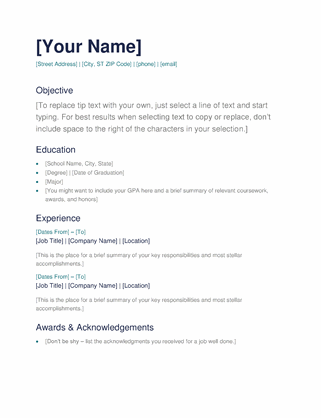A Guide to College Applications
The intimidating and much dreaded. Juniors, it is the second semester. You are basically here. Freshmen and Sophomores, it is just a matter of time. Since no one did it for me, I am going to give you a specific walk-through of college applications, scholarships, test scores, recommendations, etc.
Most anyone you talk to will tell you to form a list of colleges your junior year. While I think this is definitely a good idea, in my personal experience, your list will change. Some colleges will stay, of course, but some will be added and dropped as necessary. If you stay entirely consistent and set with the first list you make, congrats. But I did not. My advice is to stay flexible, some things are attainable, and some just aren’t.
Apart from making a list and taking the ACT/SAT, the only other thing I did junior year was ask my teachers for recommendations. I, and a lot of my class, went around and asked respective teachers on the very last day of school for recommendations. Mine both told me yes. DO NOT wait for this, especially if you have certain teachers you know you want to write you one. Some teachers are more popular than others for recommendations, so keep this in mind as well. Start asking towards the end of junior year, though. And definitely, 100% ask in person. It is more personable and makes you look better. I will come back to recommendations later.
In the summer from junior to senior year, I was told to complete a few tasks. These include…

1. Make a resumé (which is actually extremely easy to do) through Naviance (they give you a template). If you are unsure about accessing Naviance, ask your counselor, but you can do it easily through myportal. Definitely do this.
2. Complete your student profile in Naviance. These are simple questions asking you about yourself that your teachers look at in order to write your recommendations. (Disclaimer – not all teachers use this. One of mine did, and one of mine did not. The one that did not communicated to us what was needed). Also, do this over the summer.
3. Starting my personal statement. This is not mandatory. However, I do recommend it. By no means did I write my essay in the summer, but I brainstormed and jotted down what I could. This actually did really help me in the long run because I realized I wanted to change essay topics and had enough time to write a whole nother essay lol. Even if you don’t want to start writing, I recommend looking up the seven common app topics and even starting to think about them.

Even if you have completed these tasks, August 1st is still highly overwhelming. Common app takes some getting used to, but you’ll figure it out. Start by adding your colleges and then completing the Common Application. The Common Application will go to every college you apply to. Then, scroll through your respective schools and note what they need from you. A majority will have supplemental essays. I recommend making a large document with every essay you will write for college and organizing them by school. Pay attention to the first page; write down your deadlines. Check and see if they require SAT/ACT scores. Communicate with your recommenders what your deadlines are. Write your essays and fill out the application to the best of your ability. When you have done everything on your part, it is now in the hands of your recommenders. They should get everything in on time. If you think something is wrong, make sure to communicate with your teacher or counselor. The recommendations will say submitted after they are completed, and you will be able to see that.

After you have paid your application fee and submitted, congrats! Common app should reward you with confetti. However, it is not over. You should get an email from the respective school in the next few days about how to log in to your portal. This is how you will see your application status, awaiting materials, and deadlines. Your teacher recommendations can take a few days to download, so don’t worry if they’re not already there. As well as this, some schools require SAT/ACT scores. If they do, make sure to log into the college board or the ACT website in order to send your scores and SEND THEM. Scores can take up to two weeks to get to the college, so keep this in mind. Some schools are very strict about when they receive materials.
During this entire process, I recommend looking for scholarships. Some will be provided by the guidance counselors, but you will have to search for a lot independently. They can be found on schools’ websites mainly. Even if you look up “*respective school* scholarships,” you can find them. As well as this, the FAFSA opens on October 1st – you should probably complete this as soon as possible.
It sounds pretty overwhelming, I know. But you’ll get it done. Don’t try to complete it all at once. Take it one task at a time, and it will leave you with the least stress and the biggest reward.











